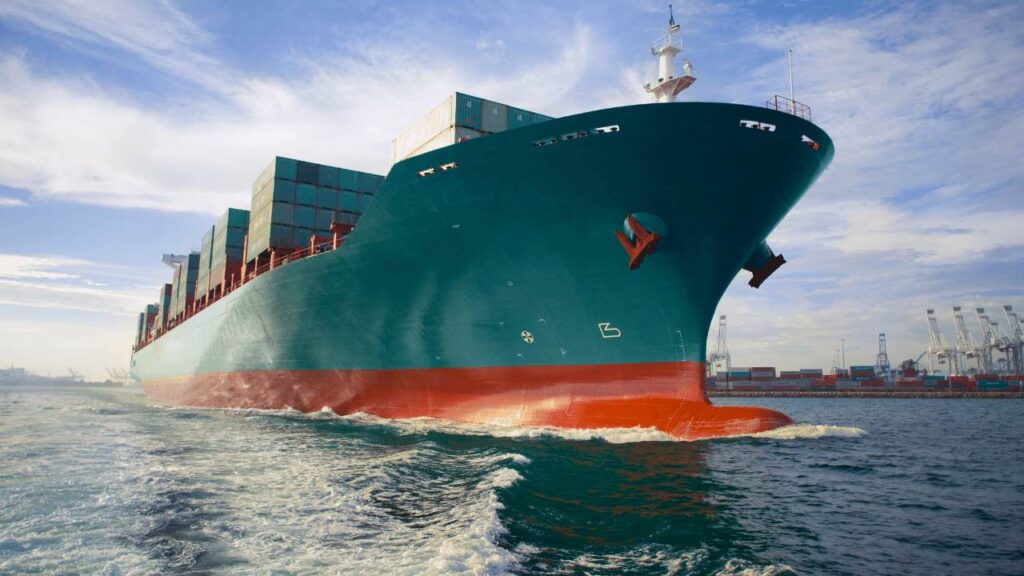
This is the movement of people and goods from one place to another through rivers, seas, etc, it has the capacity to convey heavy and bulky goods like machinery, and cars. The port authority provides the facilities needed to carry out the operations at the ports.
Types of Water Transport:
1. That which is within the national waters: It is referred to as inland water transport. Canoes, engine boats, ferries, and laundries are used for national water transport.
2. That which extends to international waters: This is referred to as ocean or sea transport. Ocean liners, streamers and tramp liners are used in international water transport.
On international waters, the following ships are commonly used:
1. Ocean liners: Ocean liners are ships that convey large cargoes and passengers, sailing through high seas and oceans of the world, e.g Pacific ocean and the Atlantic ocean. Ocean liners are divided into;
a. Passenger liners: These are types of ocean liners that convey passengers from one destination to another on a definite or specific route and on a scheduled timetable. They can also be used to carry mail.
b. Cargo liners: A cargo liner is an ocean liner that carries heavy bulky goods from one location to another on the high seas and oceans. They normally run on definite routes on a specific timetable whether fully loaded or not.
2. Coastal liners: Coastal liners are used for collecting goods from coastal waters to major ports, for ocean liners.
3. Tramp liners: These are ships that do not operate on definite routes or schedules and are available at short notice (or fixture) to load any cargo from one location to another.
Advantages of Water Transport:
The following are some of the advantages of Water Transport:
1. It can create access to places that are difficult to reach by road transport. It is the bedrock of international trade.
2. It is cheap to transport goods especially bulky ones.
3. It is one of the safest means of transport for conveying people and goods.
4. It is a much more convenient means of transport e.g it has canteen facilities indoor games, swimming pools, etc
5. Water transport has specially equipped vessels for carrying perishable and other kinds of seafood.
6. The carrying capacity, dependability, and comfort make sea transport a unique one.
Disadvantages of Water Transport:
The following are some of the disadvantages of Water Transport:
1. It is slow and therefore not suitable for carrying perishable goods.
2. It takes several weeks to load and offload goods.
3. It does not take passengers and goods to their doorstep; it requires intermediary transportation to complete the delivery of goods.
4. Stealing, pilfering, and piracy are common with water transport.
5. It is very expensive to acquire ships. Only a few companies can be involved in sea/water transport.
6. Special facilities such as hydraulic jacks and cranes are required to load and offload goods on sea transport.



Responses